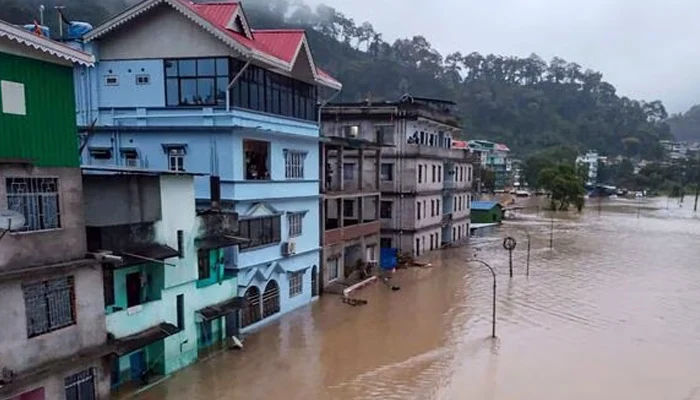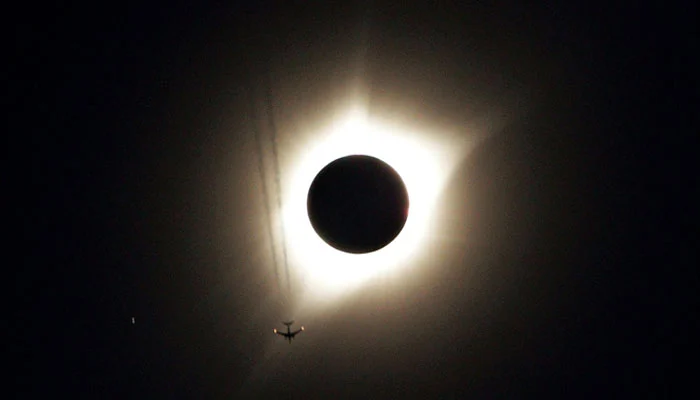The Indian military on Wednesday reported that 23 of its soldiers had gone missing following a powerful flash flood triggered by heavy rainfall in a secluded valley in the mountainous northeastern state, Sikkim.
According to the army’s statement, the flash flood was a result of a sudden cloud burst over Lhonak Lake in North Sikkim, leading to a surge in the Teesta River, after which 23 personnel went missing.
This natural calamity resulted in the disappearance of 23 personnel, with some vehicles reportedly submerged in the slush. Search and rescue operations are currently underway in the remote vicinity, located near India’s border with Nepal.
The Lhonak Lake is nestled at the foot of a glacier amidst the snowy peaks encircling Kangchenjunga, the third-highest mountain globally.
The army said water released upstream from the Chungthang dam meant the river was already more than 4.5 meters (15 feet) higher than usual.
A video released by an Indian army spokesman showed a thick torrent of raging brown water sweeping down a thickly forested valley, with roads washed away and power lines ripped down.
Flash floods are common during the monsoon season, which begins in June and normally withdraws from the Indian subcontinent by the end of September. By October, the heaviest of the monsoon rains are usually over.
Experts say climate change is increasing their frequency and severity.
Other photographs shared by the army showed water submerging the first floor of buildings, and flowing down a street in a town with only the tip of a small construction crane visible poking out.
Local media showed Sikkim Chief Minister Prem Singh Tamang holding an umbrella during a downpour and talking to officials about floods in the town of Singtam, further downstream from where the soldiers are missing.
The monsoon occurs when summer heat warms the landmass of the subcontinent, causing the air to rise and suck in cooler Indian Ocean winds, which then produce enormous volumes of rain.
But it also brings destruction every year in the form of landslides and floods.
Melting glaciers add to the volume of water while unregulated construction in flood-prone areas exacerbates the damage.
Himalayan glaciers are melting faster than ever before due to climate change, exposing communities to unpredictable and costly disasters.
Glaciers disappeared 65% faster from 2011 to 2020 compared with the previous decade, a report in June by the International Center for Integrated Mountain Development (ICIMOD) warned.
Based on current emissions trajectories, the glaciers could lose up to 80% of their current volume by the end of the century, it said.




